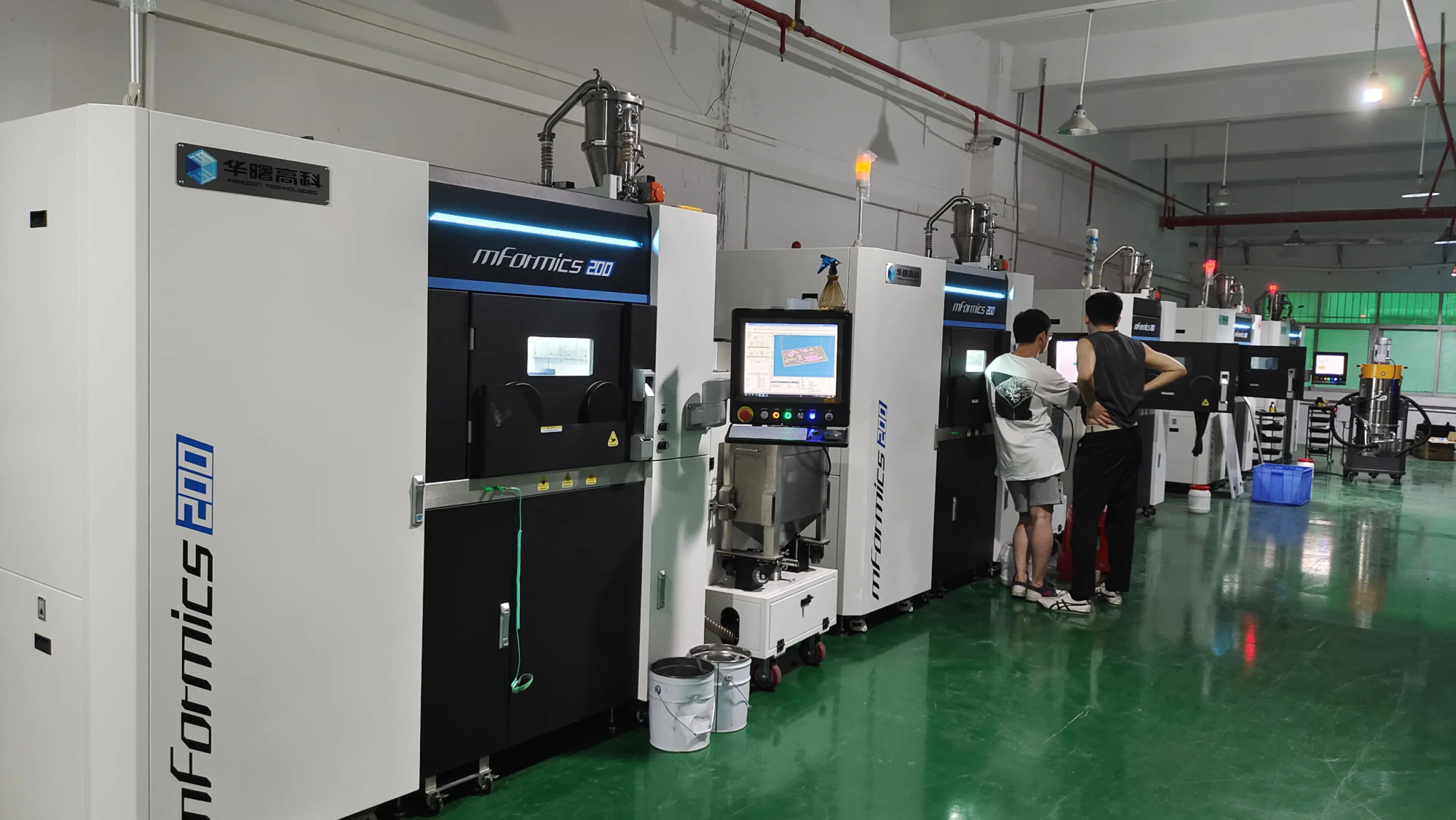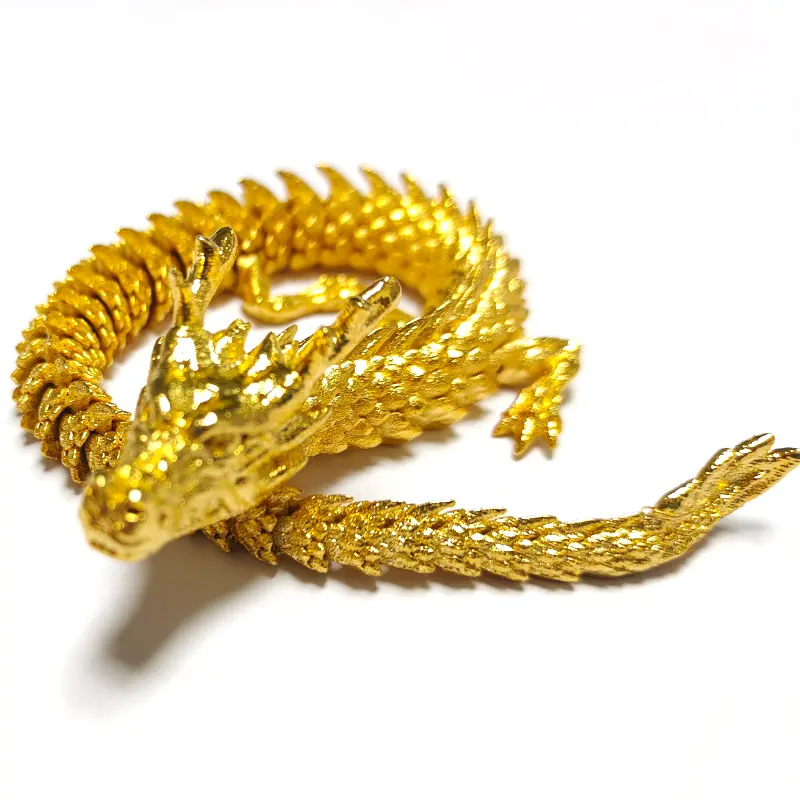As a key component of 3D printing technology, fans play a vital role in ensuring the quality and success of printing projects. Whether you are an amateur or a professional, a 3D printing fan guide is essential for anyone looking to optimize their printing experience. In this article, we will dig into the world of 3D printing fans and explore its importance, genre, and effective use of best practices.
Introduction to 3D printing fans
The 3D printing fan is designed to circulate air around the printing area, helping to regulate temperature and promote cooling. This is especially important for heat-sensitive printing materials such as PLA and ABS. By using a 3D printing fan, you can improve the overall quality of your print, reduce warping and curling, and prevent overheating.
Types of 3D printing fans
There are several types of 3D printed fans available, each with its unique features and benefits. Some of the most common types include:
- Axial fan: These fans are designed to blow air directly in the printing area, providing centralized air flow. They are ideal for small and medium-sized prints.
- Radiation fan: These fans are designed to circulate air around the printing area, thus providing a more uniform air. They are ideal for larger prints or prints with complex geometric shapes.
- Blower fan: These fans are designed to provide a large amount of air flow, making them ideal for large prints or prints that require intense cooling.
Best Practices for Using 3D Printing Fans
To make the most of 3D printing fans, some best practices must be followed. These include:
- Proper fan placement: Place the fan where air can be blown directly in the printing area. This will ensure that the air is evenly and efficiently distributed.
- Adjust the fan speed: Adjust fan speed to suit specific printing materials and project requirements. For example, fine prints may require slower fan speeds, while larger prints may require faster speeds.
- Monitor temperature: Monitor the temperature of the printing area to ensure it remains within the safe range. This will help prevent overheating and promote cooling.
in conclusion
In short, 3D printing fans are a key component of 3D printing technology and play a crucial role in ensuring the quality and success of printing projects. By understanding the importance of 3D printing fans, exploring the different types available, and following best-use practices, you can optimize the printing experience and produce high-quality prints. Whether you are an amateur or a professional, the 3D printing fan guide is an important resource for anyone looking to take its printing to the next level.
FAQs (FAQs)
Q: What is the purpose of 3D printing fans?
A: The purpose of 3D printing fans is to circulate air around the printing area, helping to adjust temperature and promote cooling.
Q: What type of 3D printing fans are available?
A: There are several types of 3D printed fans available, including axial fans, radiant fans and blower fans.
Q: How to choose the right 3D printing fan for my project?
A: The right 3D printing fan of your project will depend on the size and complexity of the print and the specific printing material used. It is crucial to research and compare different fan types to find the one that best suits your needs.
Q: Can I use 3D printing fans with any type of printing material?
A: While 3D printing fans can be used with a variety of printing materials, some materials may require special consideration. For example, heat-sensitive printing materials may require slower fan speeds or specialized fan types.
Q: How to maintain my 3D printing fan?
A: Regular maintenance is crucial to ensure the life and effectiveness of 3D printed fans. This includes cleaning the fan regularly, checking for blockages, and replacing worn parts as needed.





